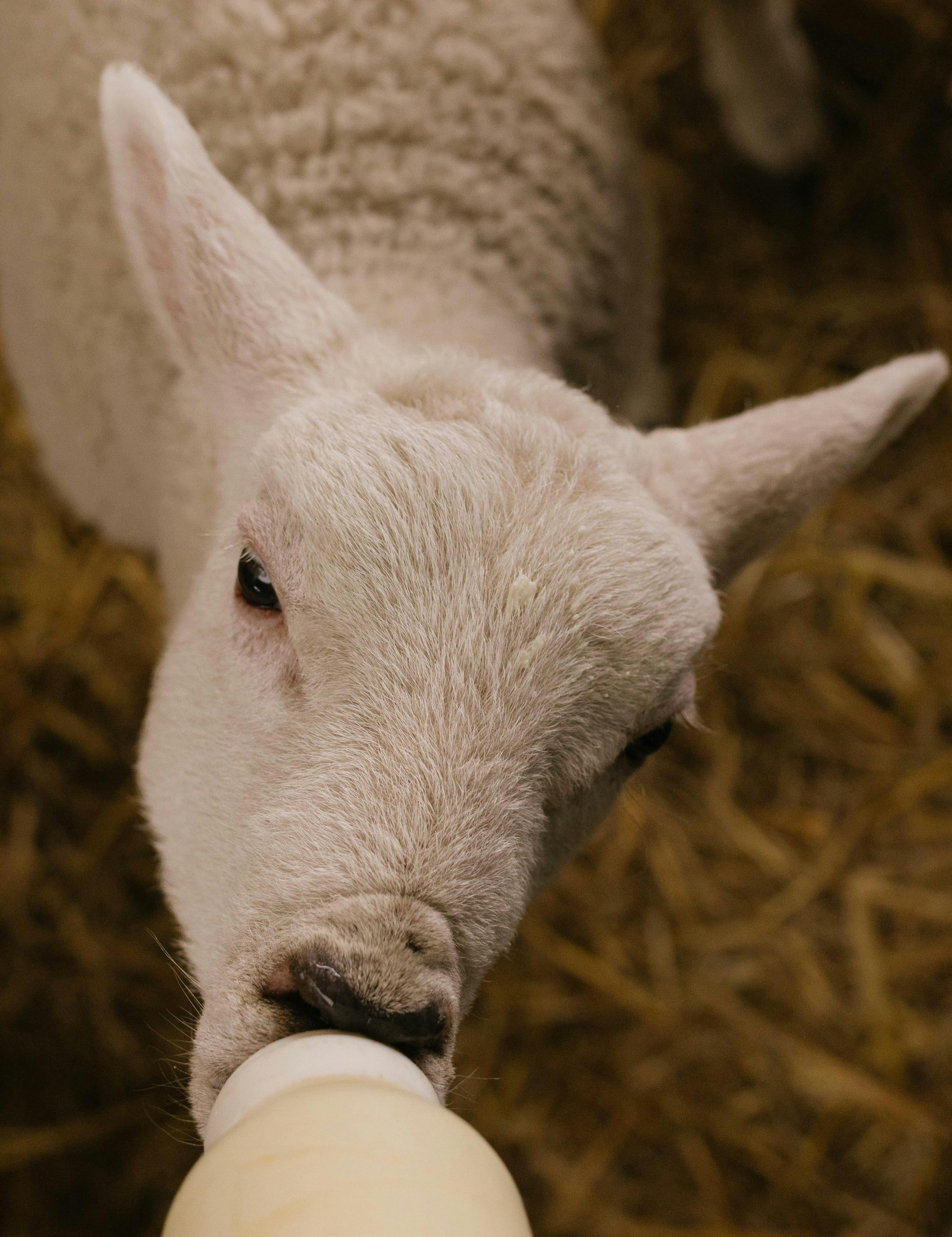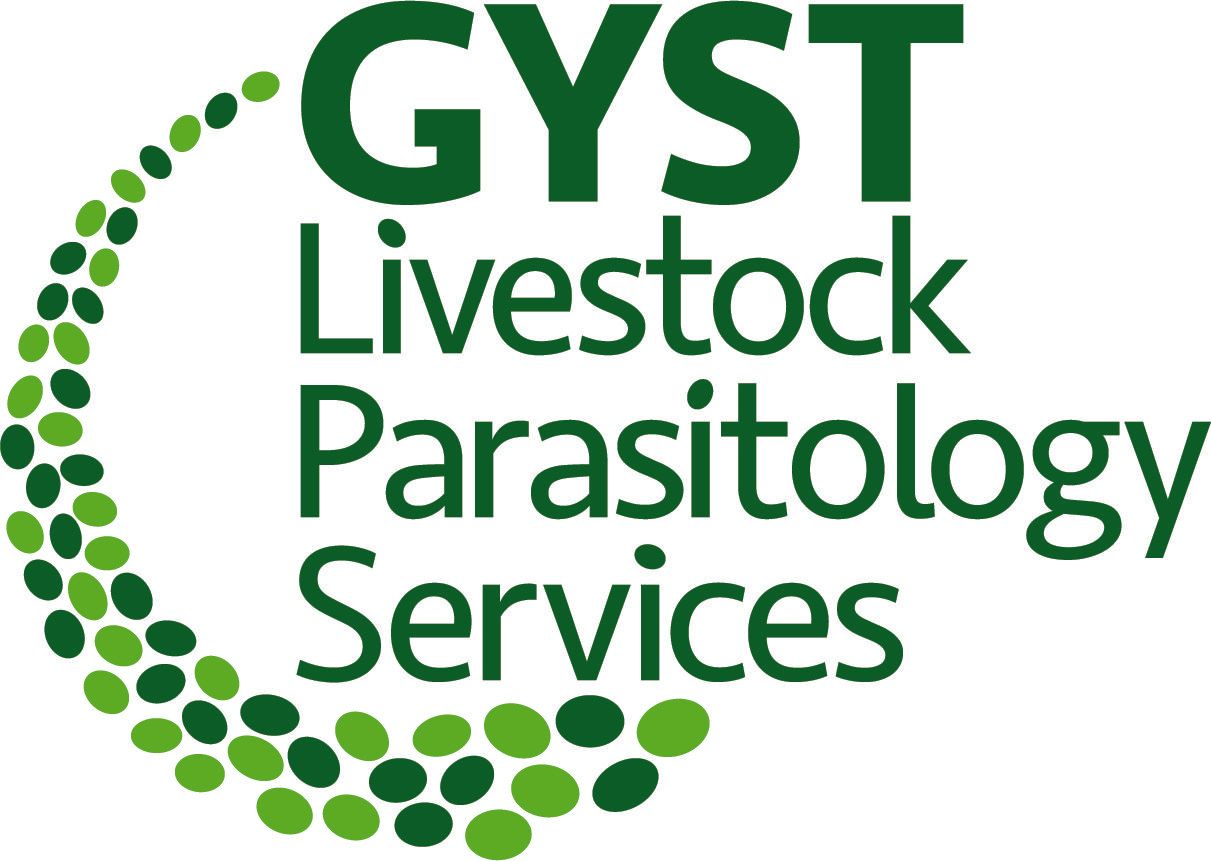At GYST, we test and diagnose flocks across New South Wales. We know that early detection of barber's pole in sheep allows for prompt treatment where necessary. By safeguarding the well-being of your sheep, you maintain a healthy flock and ensure sustainable operations.
Routine testing for barber's pole worms allows for strategic deworming practices. Instead of unnecessary treatment, which can lead to increased resistance amongst these worms, testing helps target genuinely affected sheep and preserves the efficacy of anthelmintic drugs. Contact our experts today to test your flock.
GYST’s Consulting Veterinarian: Dr. Rad Nielsen (BVSc)
Our consulting veterinarian, Dr Rad Nielsen, can provide general advice around your results, including fine-tuning your drench selection.
Dr. Nielsen has a consultancy service for those wanting a more holistic approach to worm control. His one-on-one service involves developing a tailored strategy to control flock worms while managing drenching and Barbervax use. He can also determine when to conduct worm tests throughout the year and whether any treatment is required.
Our Testing & Diagnostics Pricing for Barber’s Pole Worms
Testing your sheep at least every 3 to 6 months is the general recommendation; however, depending on the prevalence of barber’s pole worms in your area and the season, more testing may be advised.
| Bulk Sheep Worm Egg Count | 1 mob x 4 counts: sensitivity = 15 EPG: $48.00 (including GST). |
|---|---|
| Individual Sheep Worm Egg Count | 1 mob, 10 x 1 counts: sensitivity = 60 EPG: $54.00 (including GST). |
| Sheep Larval Culture | This testing is for sheep, cattle, goats, and alpacas: $49.00 (including GST). |
| Additional Comment on Report Results | $30.00 (including GST) per report. |

Slide title
Write your caption hereButton
What Are Barber’s Pole Worms in Sheep?
Barber’s pole worms in sheep is a notorious parasite that has plagued flocks throughout agricultural history. Scientifically known as 'Haemonchus contortus,’ this parasite can be lethal because it feeds on the blood of its host, leading to anaemia, diminished health, and death. As the climate changes with global warming, Barber's pole is becoming more prevalent in the central to southern regions of Australia.
Common Symptoms of Sheep With Barber’s Pole Worms
A sheep with barber’s pole worms can be hard to detect just by looking. However, some common signs of the parasite infestation can include:
- Bottle jaw (when the jaw appears swollen from fluid).
- Anaemia from excessive blood loss.
- Fatigue and often dropping back from the flock.
- Inner eyelids and gums appear very pale.
- Collapsing or dying.
Appearance of Barber’s Pole Worms
Barber’s pole worms get their name from their female appearances. The female worms develop a barber shop pole exterior from the intertwining of their uterus and blood-filled intestine under their translucent skin. Female worms can grow between 2 cm and 3 cm long, while the males tend to grow to 1.5 cm and are pink in appearance.
The Life Cycle of Barber’s Pole Worms
- With suitable weather and moist environments, larvae hatch out from eggs in the faeces and move onto pasture.
- Grazing sheep consume the larvae from the pasture.
- Over three weeks, the larvae develop into adults in the sheep's fourth stomach (abomasum).
- The adult female worms lay their eggs (up to 10,000 a day), which are then passed out through the faeces and back onto pasture.
- The cycle repeats.
Contact Us
For comprehensive testing, diagnostics, and management advice for barber’s pole worms in your sheep, call our experienced team today! Our laboratory is based in Armidale; however, we service all of New South Wales and across Australia.
Address
Contact us
Opening hours
- Mon - Fri
- -
- Sat - Sun
- Closed

